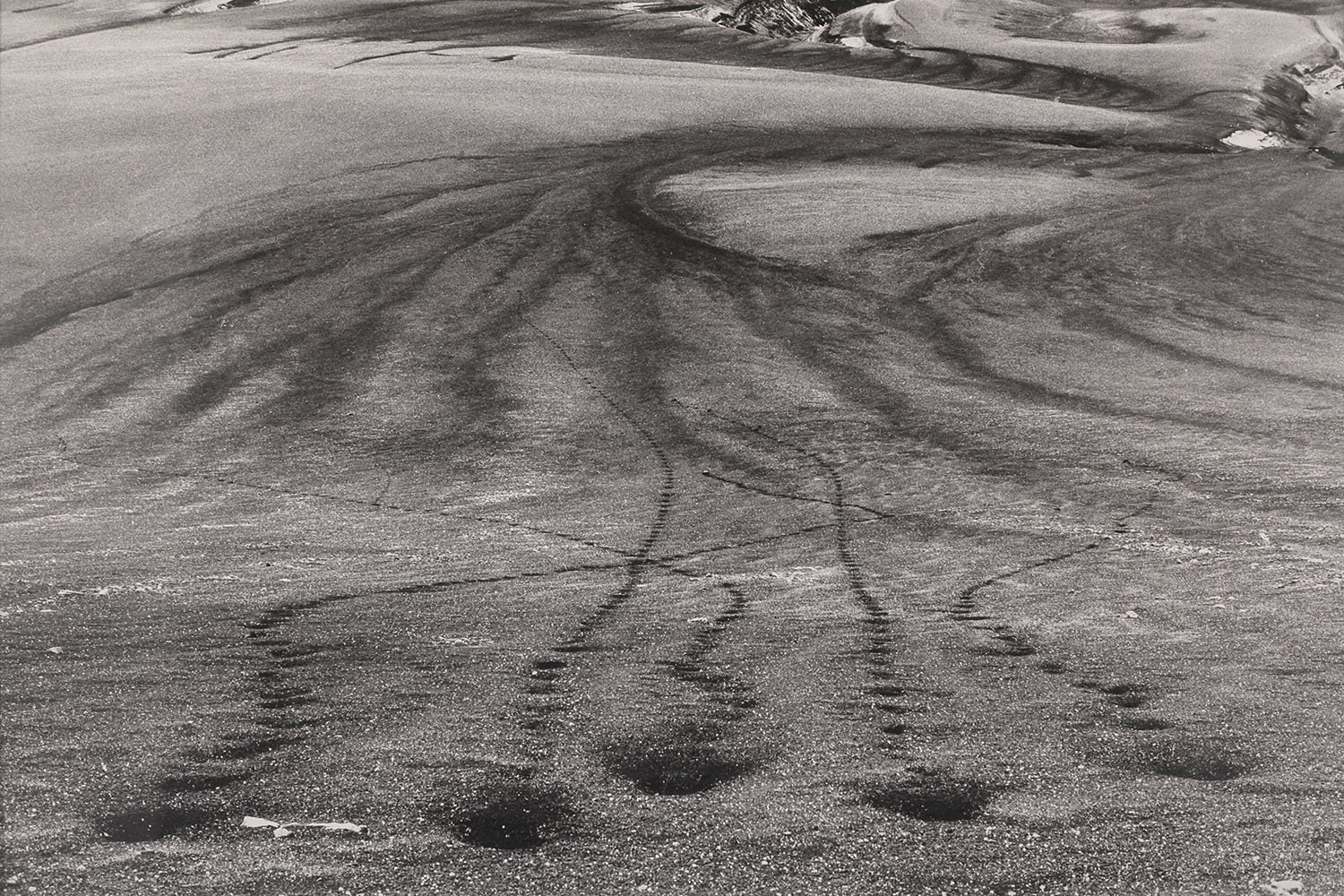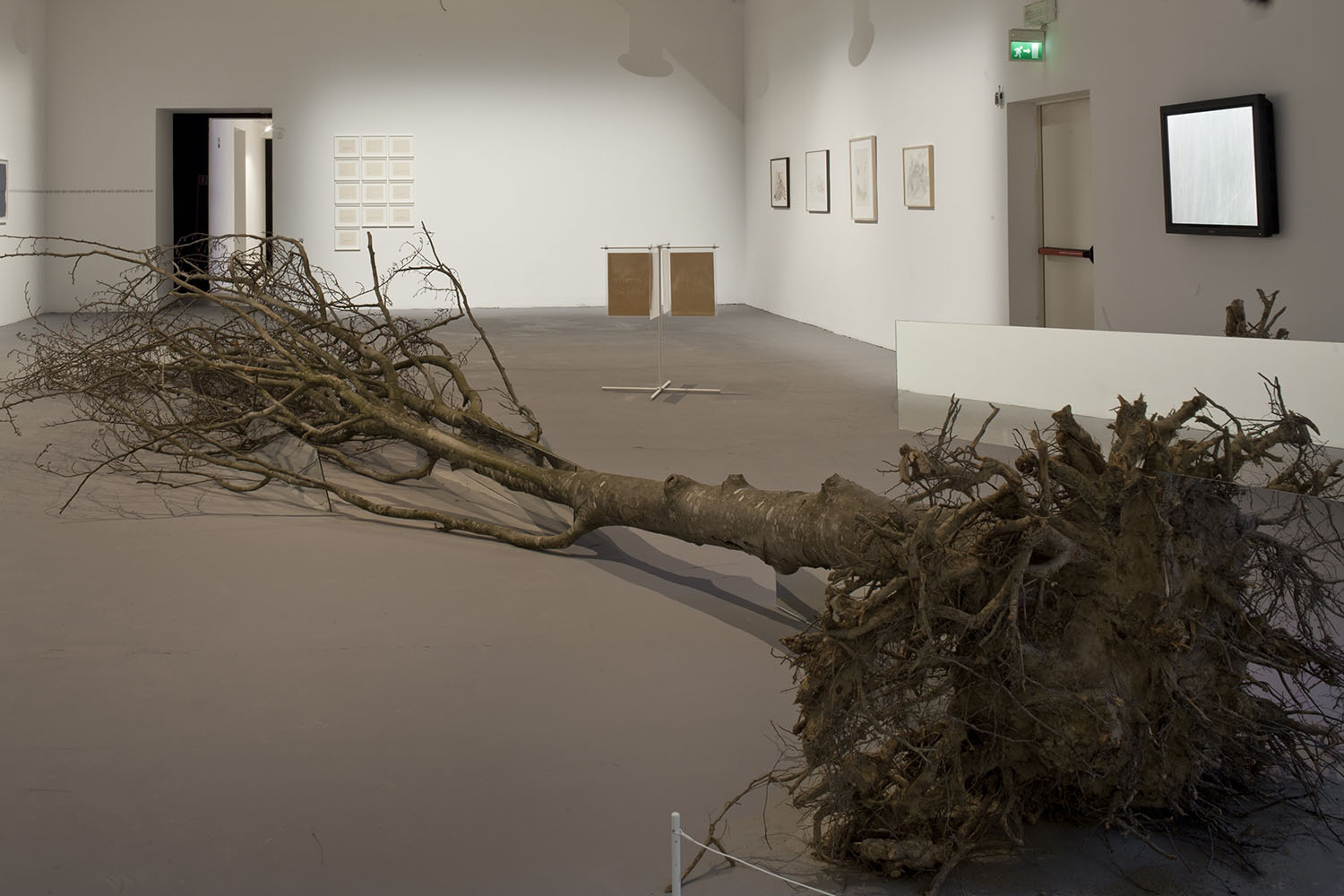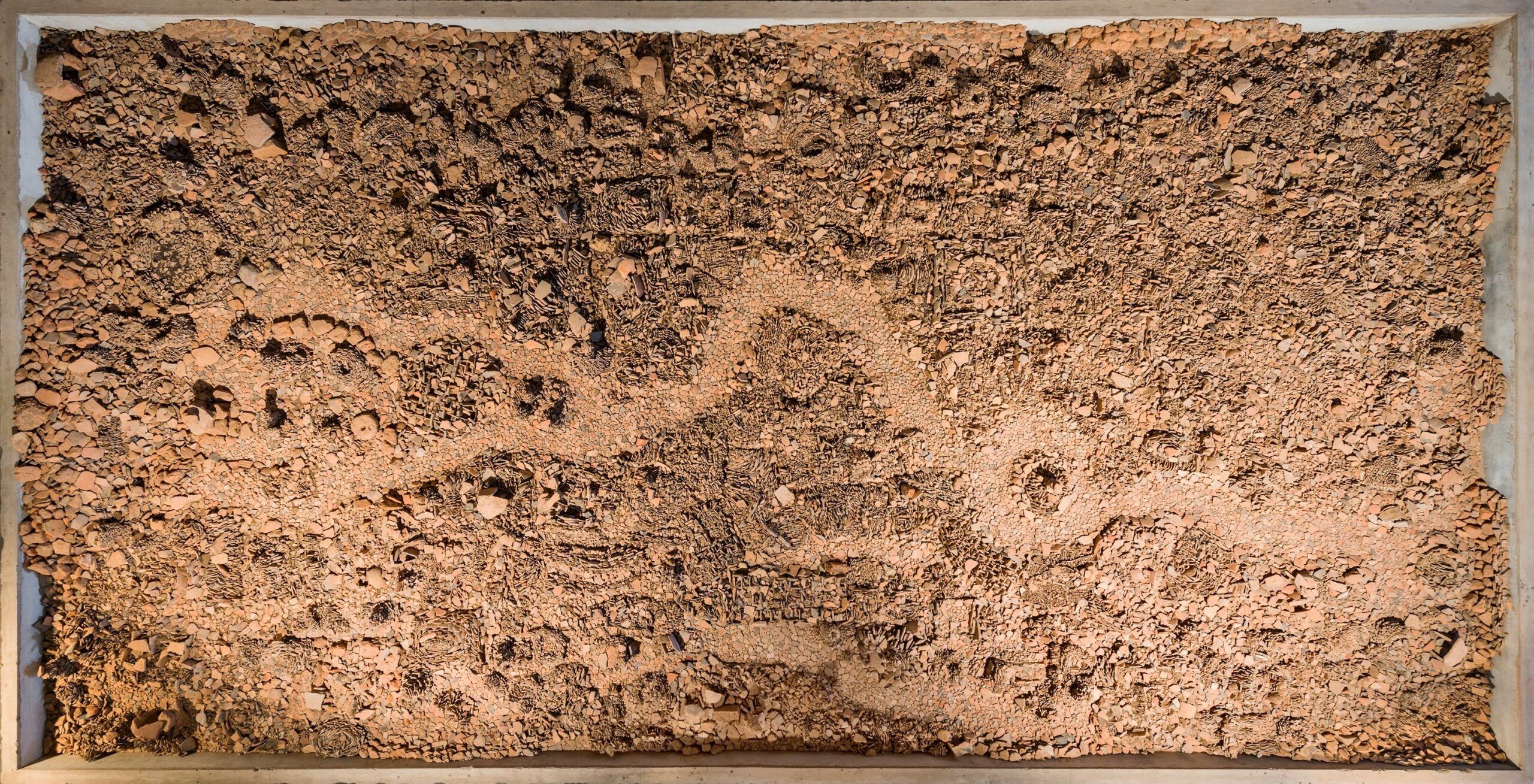ARTICLE
Land Art
An art movement or genre located within site-specific sculpture and installation, land art, makes minimal or ephemeral interventions in a site, utilises natural materials in large-scale installations and sculptures on the landscape, and in non-site works, such as in galleries or museums, creates material and visual links to the parent landscape. The artworks of this movement, which is also known as Earth art, may incorporate elements of planned landscaping, conservation and reclamation. Land art is most often documented through photography and video for on-site works and through maps and material from the landscape for non-site works.
Land art emerged in tandem with Environmental art as a result of a combination of influences from twentieth-century art movements and styles such as Minimalism, Conceptual art and happenings. It gained prominence in the 1960s, with the incorporation of methods such as landscaping, gardening and other forms of land modification into the artistic lexicon. Artists such as Robert Smithson, Richard Long, Dennis Oppenheimer, Agnes Denes, who are associated with the land art movement, created earthworks that also reflected conservation, restoration or transformation, of varying degrees. Apart from its material and aesthetic motivations, the movement also seeks to highlight ecological issues of the specific site or area being explored within the work.
Subodh Kerkar, Shweta Bhattad, Atul Bhalla and Ravi Agarwal are some of the artists in India whose works and practice are associated with land art. MS Umesh’s Earthworks (1996) in Kodigehalli, Karnataka, represents the destructive effects of urban and industrial development. Kerker’s work The Earth Bowl (2011) created in Vagator Beach, Goa, consists of a large bowl carved into the landscape, which fills and empties to the rhythm of the tides. Agarwal’s work Else, all will be still (2011–13) is an exploration of the relationship between the sea and human practices that depend on the sea and river ecologies. Bhalla’s project Immersions (2013), part of a larger body of work that explores the ecology of water and rivers in India, highlights the rampant pollution of rivers through his concrete casts of bottles and portable containers placed in water-filled cases. Bhattad highlights the issues faced by farmers in India through her initiative Gram Art Project. The artist Vivan Sundaram has also made a notable contribution to the genre in his installation Black Gold at the 2013 Kochi-Muziris Biennale. The work incorporates discarded potsherds from the archaeological site of Pattanam to recreate a miniature city-like conurbation that also evokes the history of the ancient port of Muziris.
Land art in its various forms therefore encompasses both the ecological concerns of the present and the histories of land, human practices and craft associated with ecology.
Bibliography
Our website is currently undergoing maintenance and re-design, due to which we have had to take down some of our bibliographies. While these will be re-published shortly, you can request references for specific articles by writing to hellomapacademy@map-india.org.










